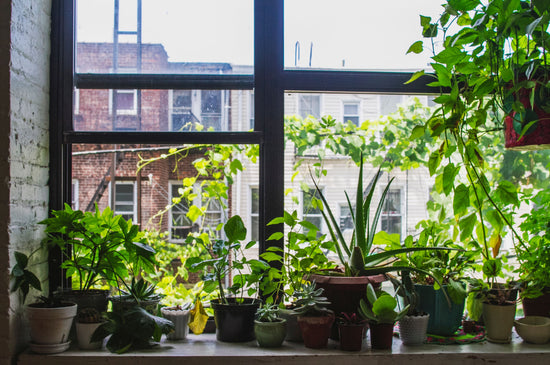Are Clematis Invasive?
Clematis is a popular flowering vine known for its vibrant blooms and ability to cover fences, trellises, and arbors. But as a gardener, you may wonder: Are clematis invasive? The answer largely depends on the variety of clematis and where it’s planted. While clematis is not generally considered an invasive plant, some varieties may spread aggressively under certain conditions, especially if left unchecked.
Understanding Clematis Growth Habits
Most clematis species are not invasive in the traditional sense, meaning they don’t spread uncontrollably in the wild or outcompete native plants. However, some clematis vines are vigorous growers and can quickly cover large areas if given the right conditions, such as rich soil and ample sunlight. These varieties can spread rapidly in your garden, potentially smothering smaller plants and requiring regular pruning to keep them under control.
Which Clematis Varieties Are Most Vigorous?
Some varieties of clematis grow more aggressively than others, including:
-
Clematis Montana: Known for its rapid growth, this variety can spread quickly and cover large areas. It is best suited for gardeners who want a large, fast-growing vine.
-
Clematis Armandii: This evergreen variety can grow vigorously and is ideal for creating dense foliage and cover. Regular pruning is essential to prevent it from becoming too expansive.
While these varieties may spread quickly, they are still manageable with proper care and maintenance. Clematis should not be considered invasive in a natural environment but rather as a vigorous grower that benefits from some garden management.
How to Control Clematis Growth
To keep your clematis vines from becoming too expansive:
-
Prune Regularly: Prune your clematis to control its growth. Regular trimming encourages healthy growth and keeps the vine from spreading too far.
-
Provide a Trellis or Support: Clematis is a climbing plant, and providing proper support like a trellis helps guide its growth and prevents it from sprawling out of control.
-
Plant in the Right Location: Choose a location where the clematis can grow freely but will not overwhelm other plants or structures.
Conclusion
Clematis is generally not considered an invasive species, but some varieties can be quite vigorous in their growth. With proper care and pruning, you can enjoy the beauty of clematis without worrying about it taking over your garden.
Frequently Asked Questions
-
Is clematis a fast-growing plant?
- Yes, some clematis varieties, like clematis montana, grow quickly and can cover large areas in a short period.
-
How can I prevent clematis from spreading too much?
- Regular pruning and providing a trellis for support will help control clematis growth and prevent it from becoming invasive.
-
Can clematis become invasive in wild areas?
- While clematis is not considered invasive in the wild, it can spread aggressively in certain areas if it is not properly maintained.
-
What is the best way to control aggressive clematis?
- Prune it regularly and plant it in a controlled space with enough support to limit its spread.
-
Are there non-invasive clematis varieties?
- Yes, there are many clematis varieties that grow at a slower rate and require less maintenance, such as clematis jackmanii.





